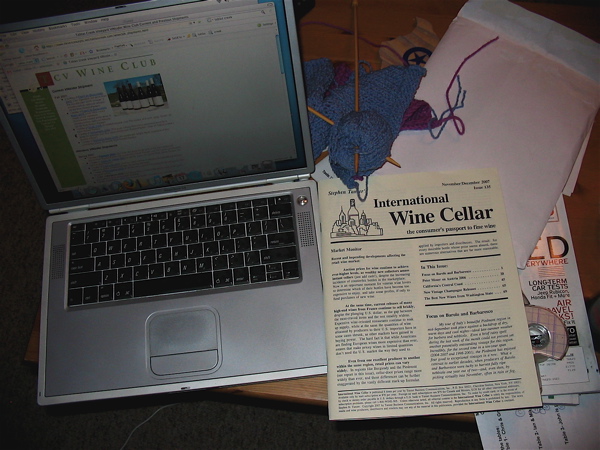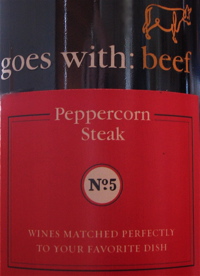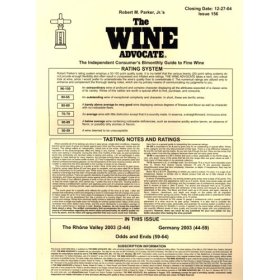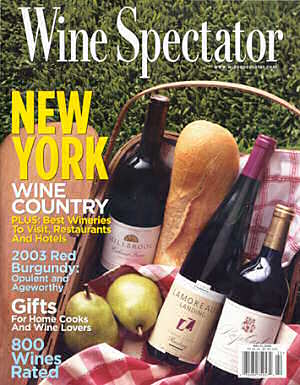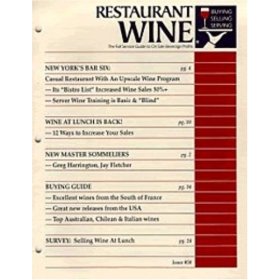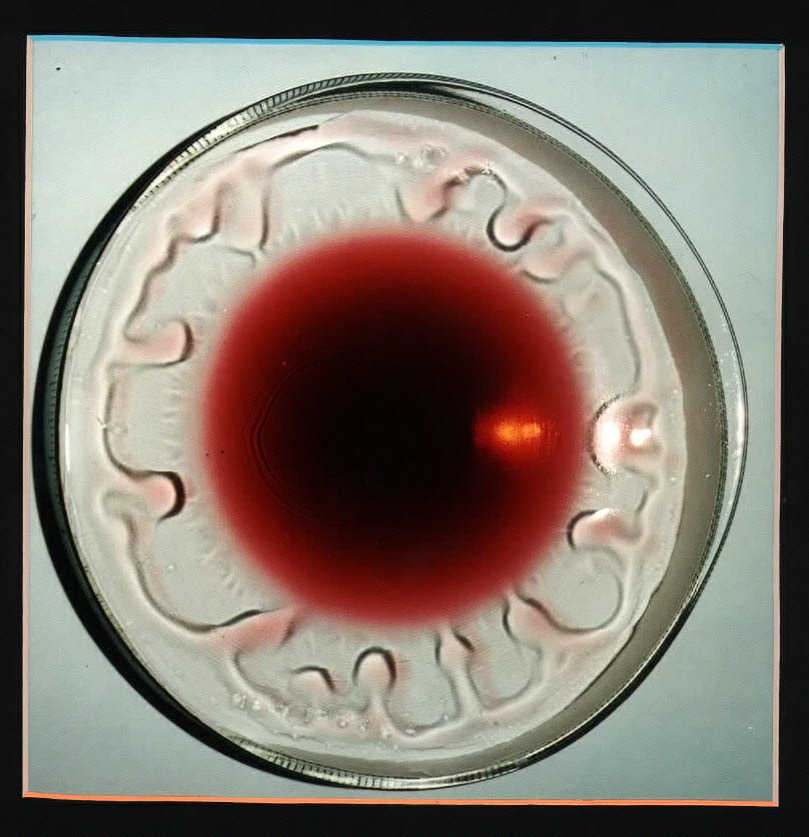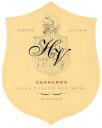Well, someone at wine.com should be fired by now. Alder at Vinography broke the story (which was originally published in the Wine Market Report – 8k download here) to the blogosphere a couple of days ago. Get this: wine.com organized a sting operation in Washington state, in which wine.com – or stooges thereof – ordered wines from 29 different online wine retailers that could not legally ship to Washington, and then they turned the names of the law-breaking retailers in to state authorities.
Ironically enough, Washington prosecutors have no jurisdiction over out-of-state retailers who ship to Washington despite stupid protectionist wine laws that prohibit such activity. The only people who could be in legal trouble from Washington state authorities would be people who actually ordered the wine, breaking the law while actually in Washington state! Wut?
No company with this much of a rat-like approach to business, coupled with a severe lack of cognitive processing ability, should be allowed to have a link on this site. Wine Scamp is no place for snitches, nor for tattle-tales. So I’ve taken their ad off the site, and I hope you’ll join me in a boycott of wine.com for here on out. Mostly for being morons, and then also for being wine law vigilantes. Oops, I repeated myself.
I must join Tom Wark in directing your attention to the supreme response to wine.com’s perfidy, that of Emily and Stephan at Winemonger.com — it’s both brilliant and hilarious — located near the end of the comments to the post on Vinography.
